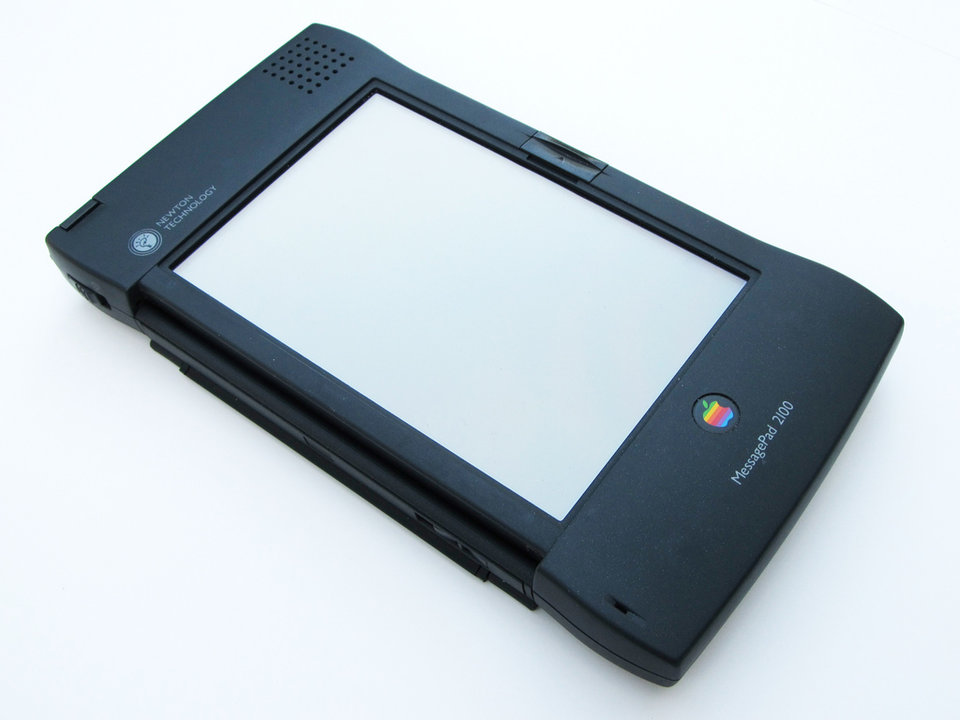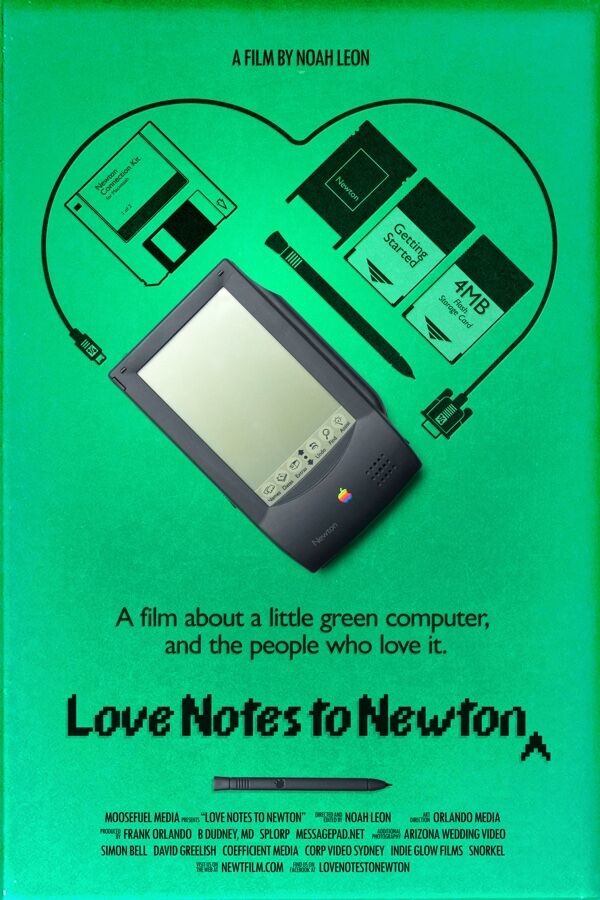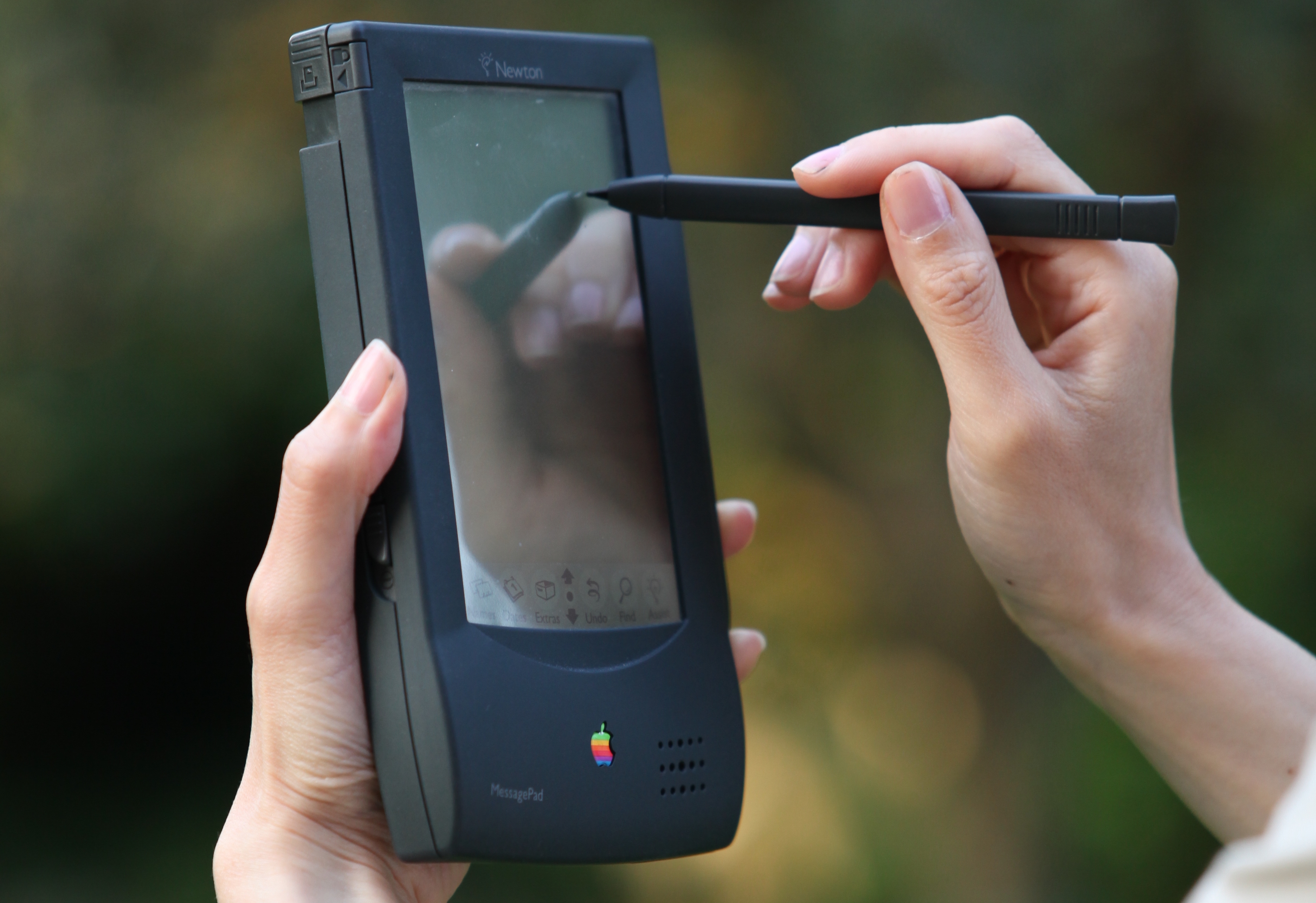A few years before mobile phones began to rule the world of technology, devices called PDAs - Personal Digital Assistants - enjoyed great popularity in a number of fields. At the beginning of the nineties of the last century, the company Apple also began to produce these devices.
It could be interest you

Newton MessagePad is the designation for a PDA (Personal Digital Assistant) from Apple's workshop. The development of the device of this product line dates back to the end of the eighties of the last century, the first working prototype of the Newton could be tested by the then director of the Apple company John Sculley in 1991. The development of the Newton quickly gained significantly higher momentum, and at the end of May of the following year, Apple officially presented it to the world. But ordinary users had to wait until the beginning of August 1993 for its official release. The price of this device, depending on the model and configuration, ranged between 900 and 1569 dollars.
The first Newton MessagePad bore the model designation H1000, was equipped with an LCD display with a resolution of 336 x 240 pixels, and could be controlled with the help of a special stylus. This device ran the Newton OS 1.0 operating system, the first Newton MessagePad was equipped with a 20MHz ARM 610 RISC processor and was equipped with 4MB of ROM and 640KB of RAM. The power supply was provided by four AAA batteries, but the device could also be connected to an external source.
During the first three months from the start of sales, Apple managed to sell 50 MessagePads, but the novelty soon began to attract some criticism. Not very positive reviews were received, for example, by the incomplete function of recognizing handwritten text or perhaps the absence of some types of accessories for connecting to a computer in the package of the basic model. Apple decided to stop selling the first Newton MessagePad in 1994. Today, the MessagePad – both the original and subsequent models – is seen by many experts as a product that was in some ways ahead of its time.





In what way was he ahead of his time? At that time, Palm, Psion, later PocketPC sat on the throne...